Utah Football Offensive Preview
The Utes dropped out of the Top 10 rankings after losing a defensive slugfest with Oregon State, but they're still one of the best home teams in the country.
The two-time defending Pac-12 Champs, Utah.
Despite this, Vegas oddsmakers still considered USC, Washington, and Oregon as more likely to win the Pac-12 this year. Why? Well, probably due to the injury bug. Utah’s offense is missing their star quarterback, running back, and receiver; and though the vaunted Utah defense has managed to turn every game so far this season into a Wilcox-esque defensive slugfest, the lack of offensive firepower to date is keeping them from contending with the top of the conference, and losing most recently to Oregon State.
Still, Cal is not one of those ‘top of the conference’ teams, and Utah is an incredibly tough team to play at home. Utah owns the 3rd longest active home winning streak in the country (behind only Georgia and Michigan, after Alabama lost to Texas at home earlier this year) with 17 straight home wins, and it’s the 4th longest streak vs unranked opponents with 26 straight wins. The last time Utah lost at home was in the 2020 Covid-season to USC. The only time Cal has beaten Utah at Rice-Eccles Stadium was in 1963. The last time Cal went into Rice-Eccles with their 3rd string quarterback, they lost 35-0. Of course, this year is more of a 1A-1B-1C situation, but still. It’s a tough place to play.
Utah is the team I wish a Wilcox-led Cal team could be. They’re always one of the best defenses in the conference, and when they struck gold with QB Cam Rising, pairing that defense with an offense that could score points, they became the best team in the conference. Utah is what Cal could be if they were to always win close games (and Utah seems to always find a way to win those games, way more often than not), turning e.g. the 2021 season from 5-7 to 10-2, or the 2022 season from 4-8 to 9-3, just by flipping those one-score losses. Utah doesn’t lose those games.
This year, they again have one of the best defenses in the conference, but their offense looks like the Cal offense (excluding the most recent Fernando Mendoza game), if you ignore aberrations in the North Texas and Oregon State games. Their quarterback situation—minus Cam Rising, that is—looks remarkably close to ours as well. Without Rising, this game could look like the 2019 Cal-Washington Thunder Bowl (and some extreme weather delays or natural disasters that make the crowd leave early would definitely play in Cal’s favor), or perhaps even the 2018 Cal-Washington game—an absolute defensive dogfight in which the team whose defense scores the most points would win. Or maybe all of Utah’s injured stars choose the Cal game to return, and Cal loses 35-0 again, who knows.
Quarterback
This section is going to be a bit tricky, because it is unclear whether or not Utah’s star quarterback Cam Rising will play. Utah has been playing the “he’s coming back any game now” card every week, with Coach Whittingham even calling Rising a “game-time decision” in their season opener against Florida… but that was 6 weeks ago, and Rising has still yet to play. Of course, the Utes know who is starting but won’t announce that before the game (if Rising is not coming back, the redshirt freshman QB Nate Johnson could really use the extra snaps with the 1s), because why would you help your opponent better prepare. Personally, I think Rising has an NFL future to protect after his gruesome knee injury—he suffered a torn ACL, MCL, meniscus and MPFL, a ligament that helps stabilize the kneecap—and so I would guess that he’s in no hurry to rush back and start, but I am going to cover him extensively anyway, because it’s virtually guaranteed that he starts against Cal if I don’t cover him at all.
Cam Rising
Cam Rising led the Utes to two straight Pac-12 Championships, leading the 3rd best offense in the conference in 2021 and 5th best offense in 2022. Currently, without Rising, Utah sits last in the conference in yards per game with just 297.6 (behind ASU’s 11th place 342.2 yards/game), and 11th in the conference in points with 19.2 points/game (ASU is last with 18.7). That is to say, the offense has struggled tremendously without Rising facilitating the offense. I even had to borrow from my 2022 clips to find some offensive highlights to showcase some of Utah’s offense, because they haven’t had much to showcase so far this year.
Like many of the quarterbacks Cal will face this season, Rising is an NFL-caliber talent (who, like Penix, might fall further in the draft than he should due to his injury history). Rising is known for his toughness, and his durability concerns likely come from his style of play.
Firstly, Rising has NFL arm strength and great accuracy on his throws. Here he shows really nice touch to get the ball over the defender:
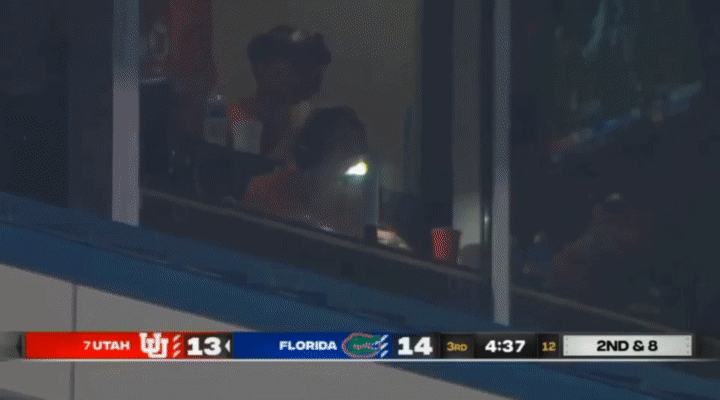
And here he zips it into a tight window in traffic:
Here’s another example of great ball placement on the throw from Rising:
Rising does a great job of improvising and extending plays, and still shows nice touch on his throws even when off-balance:
Rising is never afraid to stay in the pocket and take hits, and so his accuracy is not affected terribly by pressure:
Rising is deceptively athletic; he runs strong and must be accounted for in the run game, and especially on read-option plays:
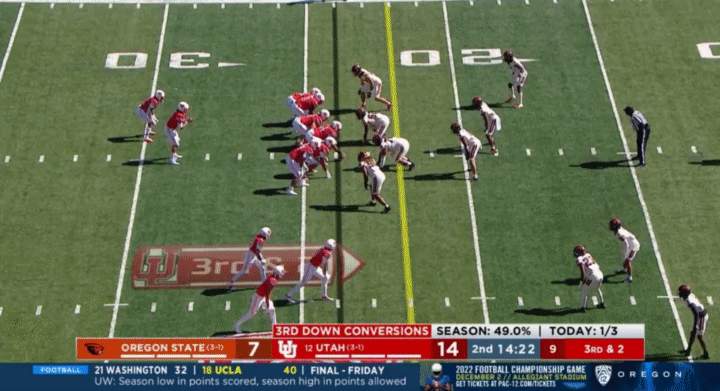
Another good example of a defense failing to properly account for Rising; and I love the way he tries to run through defenders:
If Rising is making his first appearance back from injury against Cal, I wouldn’t expect to see designed run plays like the following, but last year Utah would also use Rising in the run game:
And even on not-designed run plays, Rising is still an efficient runner:
In short, Cam Rising is viable threat in both the run- and -pass game, which makes him a lot more effective than most “dual threat” quarterbacks. I think a lot of Rising’s effectiveness can be attributed to his versatility in both; he’s a better passer than quarterbacks that are good at running the football, and a better runner than quarterbacks that are good at passing it. His versatility opens up a lot of options on offense for Utah.
Quarterbacks: 2023
Okay, but if Rising still isn’t good to go, who is? It appears that Utah will turn to redshirt freshman quarterback Nate Johnson, who is basically Utah’s version of Sam Jackson V: a phenomenal athlete that is dynamic in the run game, but as yet to demonstrate a command of the offense past his first read. Utah’s offense has been a struggle this year, and it’s because they’re expecting a lot out of the freshman quarterback. I am sure Cal fans can relate.
Nate Johnson is fast and elusive, and has shown to be difficult to bring down in the backfield:
Of course, Johnson does well on designed runs, and a lot of Utah’s offense with Johnson was dependent on his running ability:
The pass game, on the other hand, is a bit more bleak. The Utes are last in the conference in passing yards per game for a reason, with just 153.8 yards/game (Cal is 10th, with 216.0 yards/game).
Johnson has trouble on timing routes, such as here on the slant:
And again:
And just in general, his level of accuracy just isn’t where it should be:
You might also notice in these clips that Johnson isn’t often looking past his first read, which is also problematic for the offense:
In this case, 3 defenders on your intended target means that someone else is wide open.
If we’re keeping the analogy going, the backup Bryson Barnes (who has also started for Utah this season), is the Utah equivalent of Ben Finley. He has a better command of the offense and is a better passer, but he also struggled with interceptions. (Barnes was injured in the OSU game, and may be unavailable even after the bye week).
This is probably not the right read, but Barnes appears to not be on the same page as his intended receiver anyway:
Unlike Rising, Barnes’ decision-making is affected by pressure, and here he doesn’t see the linebacker as he tries to force a play here:
The bottom line is that with Rising, Utah is a dynamic, dangerous offense. Without him, Utah will look to win this game on the strength of their defense. Sound familiar?
Running back
The Utes have relied on a mix of quarterback and running back runs this season, but they have had a rash of injuries at the position. Last year's starting RB Micah Bernard is out for the season. This year's starting RB Ja'Quinden Jackson missed the Oregon State game with an injury, and is currently listed as questionable to return from injury after the bye week.
The most dynamic runner this season has been at the quarterback position, with running backs mostly filling the role of bruising between-the-tackles style of play.
Ja'Quinden Jackson was originally recruited as a quarterback to Utah, and made a few appearances at QB as a redshirt freshman for Utah back in 2021—in a role similar to the one Nate Johnson is currently playing. Jackson is big, tough, and very athletic, and high school scouts projected him as a linebacker or safety.
Jackson is a tough, strong runner:
Jackson uses his size (6'2", 230 lbs) and power on runs:
We haven't seen it yet this season, but he has enough speed to break off a big run:
Jaylon Glover is a bit smaller, but runs with a similar toughness. He runs with a lower center of gravity and does a good job of churning forward in shorter yardage situations. He’s also showed some nice moves in open space, and is fond of the spin move:
Here he shows some nice cutting ability:
And again with the spin move:
The run game hasn’t been terribly effective this season, but that’s mainly a function of the passing game not being very effective this season. Obviously, that changes in an instant if Cam Rising were to return for the game.
Receivers
One of the main strengths of the Utah offense in recent years has been the play of their tight ends. One of the tight ends from last year, Dalton Kincaid, went in the first round of the NFL Draft last year. The other starting tight end, Brant Kuithe, opted to return for another year, but is currently rehabbing from an ACL injury (whose knee surgery was performed by the same doctor who did Cam Rising’s surgery), and has yet to make an appearance. Reports are that Rising is closer to return than Kuithe, so I will opt to omit the clips here as Kuithe is not expected to return for the Cal game. Kuithe is an NFL-caliber talent and a fantastic college player, although his NFL Draft grade is a bit of a question mark as he’s considered a “tweener”—between a wide receiver and tight end. At the college level, he’s a fantastic tight end and receiver, but some NFL Draft scouts might consider him too small to play tight end at the next level, and perhaps not enough of an athlete to play wide receiver in the NFL. Kuithe is a fantastic slot receiver, showing excellent route running skills and short-area quickness, and he was definitely Rising’s preferred target as a lot of the offense ran through him (even screens, etc., showing that the Utes trust his run after catch ability as well).
Stepping into Dalton Kincaid’s shoes (as a more traditional tight end), is Thomas Yassmin. Yassmin is a phenomenal athlete with speed that belies his large size, and his biggest weakness is considered to be his familiarity with the game of football—he played football for the first time in his redshirt freshman year at Utah in 2018. Prior to football, Yassmin was an all-star Australian rugby player (and you’ll surely hear about it during the TV broadcast). He was the quintessential “man amongst boys” on the field in rugby, who was just bigger, faster, and stronger than everyone else.
He had a career game in the Pac-12 Championship game last year in the win over #4 USC, including this 60 yard touchdown as he mowed down a bad USC defense:
And here’s that athleticism I was talking about, which you don’t expect from someone his size:
Of course, he’s not any easier to bring down this season, and it’s easy to see why NFL scouts are just as interested in him:
Utah’s best wide receiver is probably Devaughn Vele, but he hasn’t had much of an opportunity to shine so far this year (he’s an outside receiver in an offense that typically targets the middle of the field). Vele is fast, and can use his speed to get separation on the defensive backs, and he’s shown great body control and a wide catch radius (not to mention that he’s 6’5”):
Vele is also a sharp route runner:
Here Vele uses his speed to threaten the corner before breaking the route inward to get open:
Money Parks is another speedy receiver for the Utes, but is most often used for his after-the-catch ability instead:
Here Money Parks showcases his speed:
The freshman receiver Mikey Matthews is another player with YAC ability, and has been getting a lot of touches this year as a result:
Another player to keep an eye on (assuming he returns from injury) is the converted tight end Munir McClain. He’s a great route runner and shows a lot of strength:
To be honest, I had forgotten how many weapons the Utes had at receiver, as they haven’t had a quarterback who could take advantage of them.
Conclusion
If Utah’s stars are still injured, this game—which, even in my preseason best case scenario/optimistic view of the Cal season, I still penciled in as a loss—somehow represents Cal’s best chance at sneaking an upset in the middle of Cal’s current stretch of 5 straight games against ranked opponents. If Utah is at full strength, I just don’t think that Cal has the horses to compete with Utah. But otherwise, Cal could very well harass redshirt freshman QB Nate Johnson, and the Cal defense has been unusually adept at stopping the run this season, which is bad news for a team that has struggled to get much done through the air—Utah is the only team in the conference that has yet to throw for at least 200 yards in a game this season, which is a bonkers stat given that it includes a game against an FCS team. So that would mean that the game would come down to how well the Cal offense can move the ball against a buzz saw of a defense, as the Utes have allowed the fewest points in the conference so far with just 11.8 points per game. Can a redshirt freshman QB Fernando Mendoza navigate one of the most hostile and loud stadiums in college football against one of the best defenses in the conference? Can Cal’s superb (and Sunday-bound) running backs run the ball effectively against a defensive line that has consistently churned out NFL talent? Can Cal’s special teams, I don’t know, make a field goal in what could be a tight low-scoring game, or maybe just not let the opposing team return the ball to midfield to start every drive? Or will Cal find a way to snatch defeat from the jaws of victory, and lose another coin flip of a game in which they played well but not well enough?
It would be nice to see something different out of the Cal Bears for a change.
As always, Go Bears.


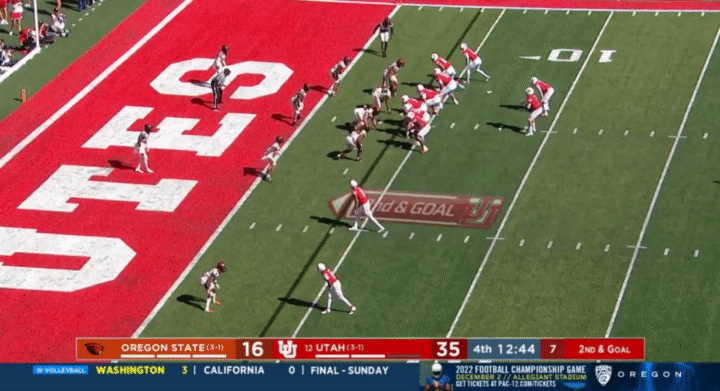
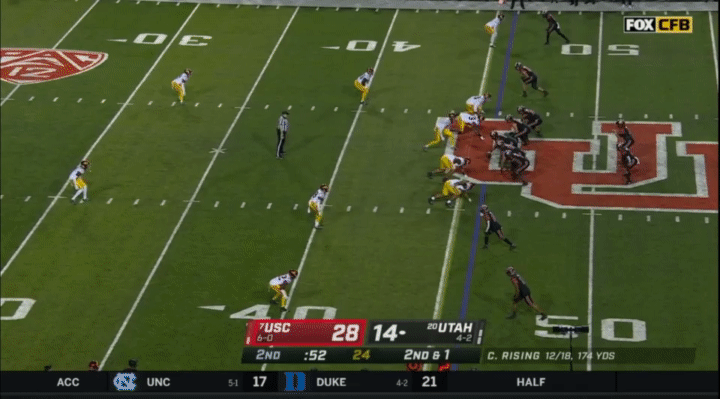
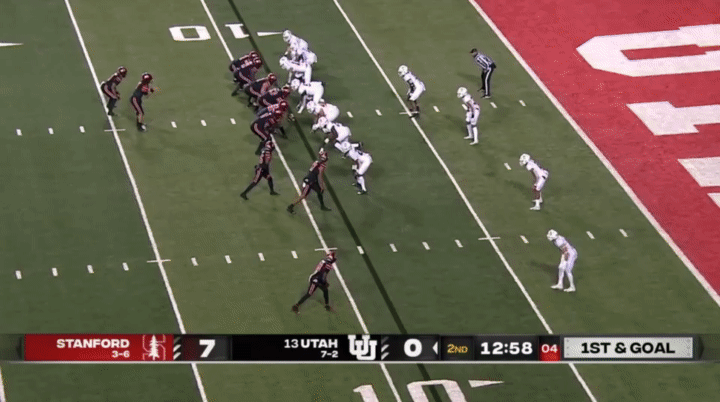
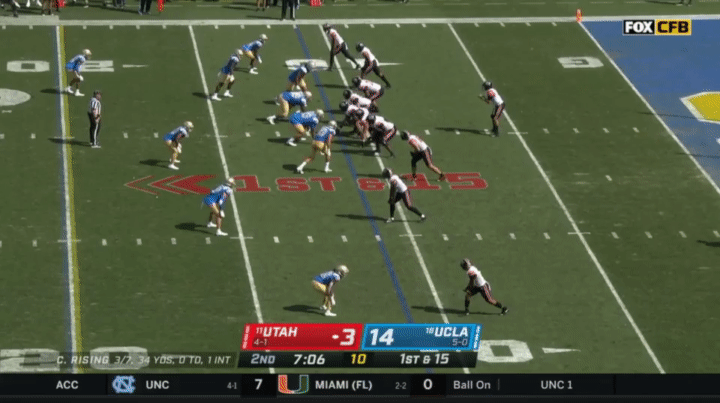
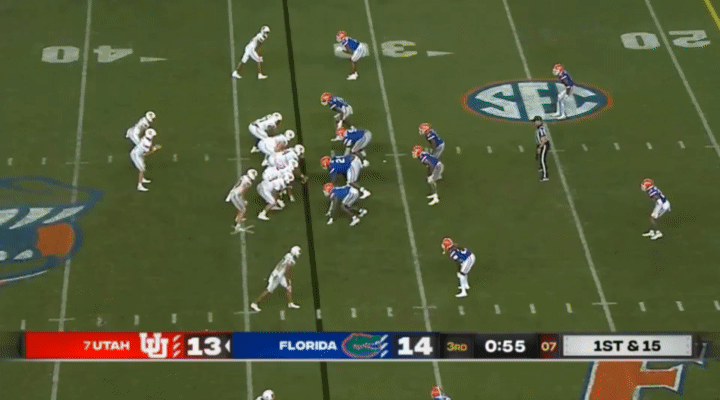
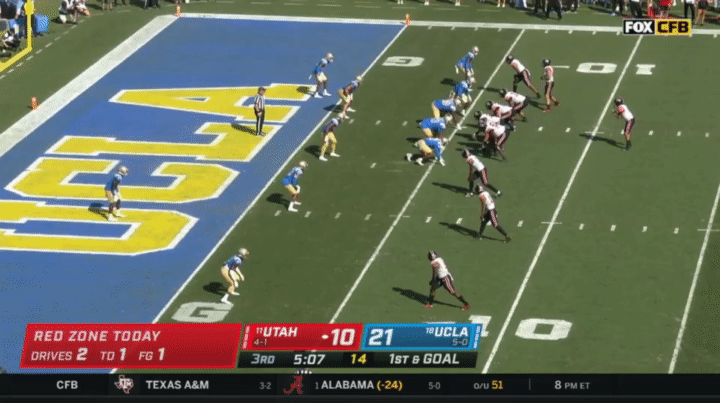
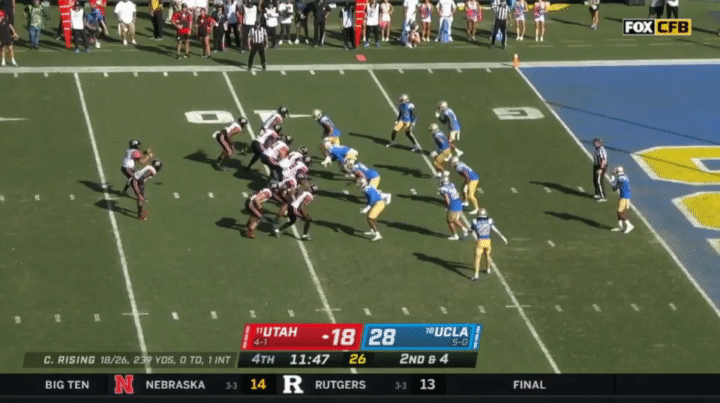
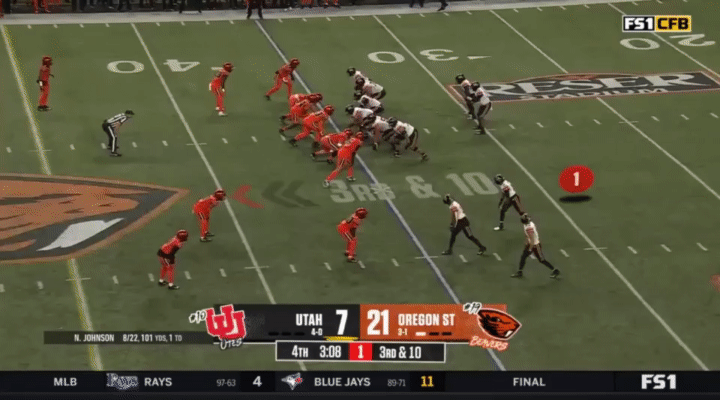
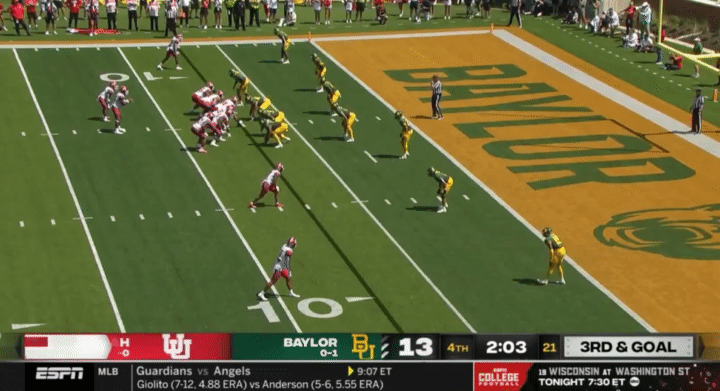
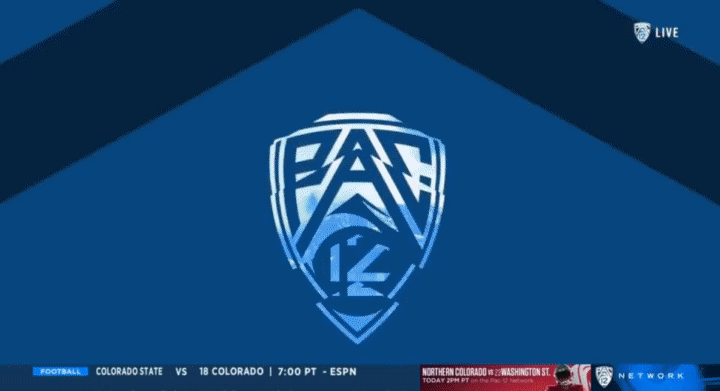
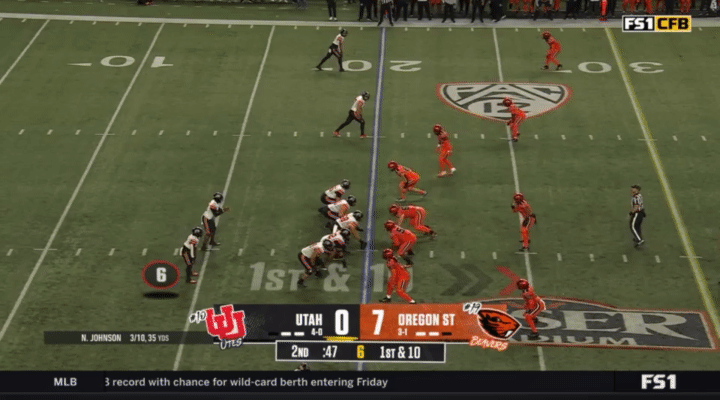
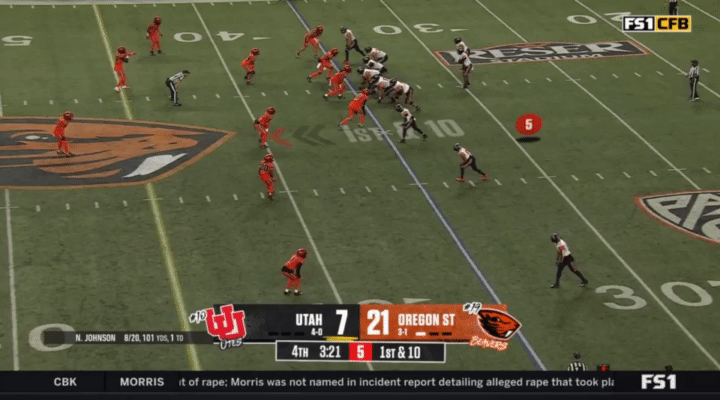
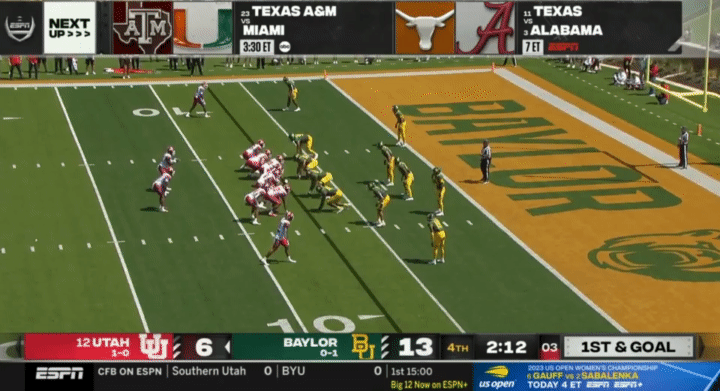
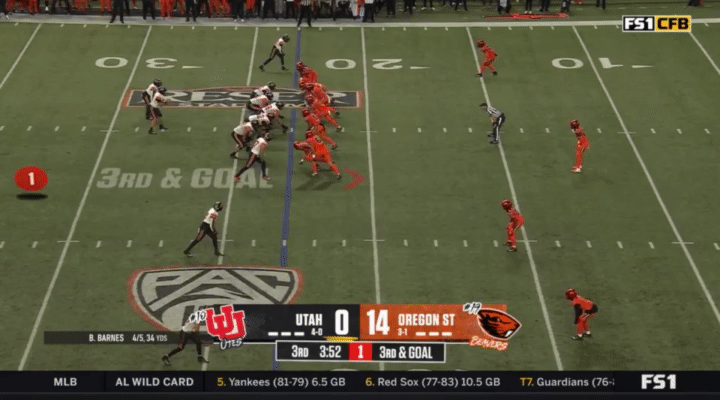

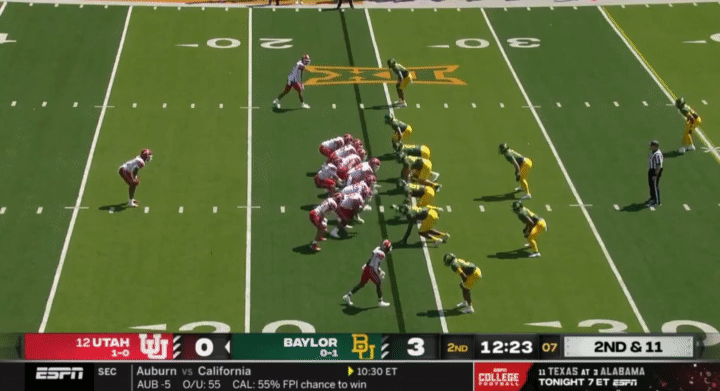
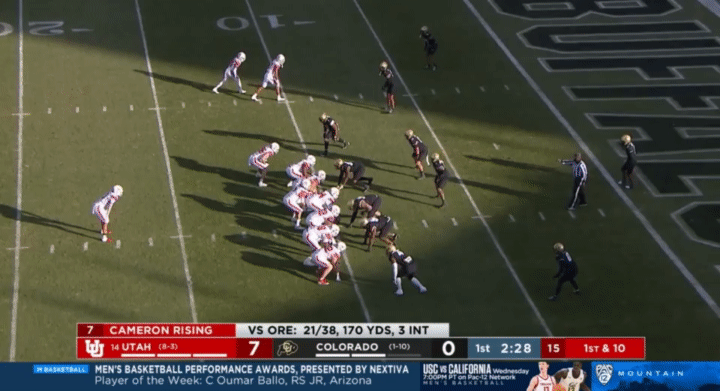


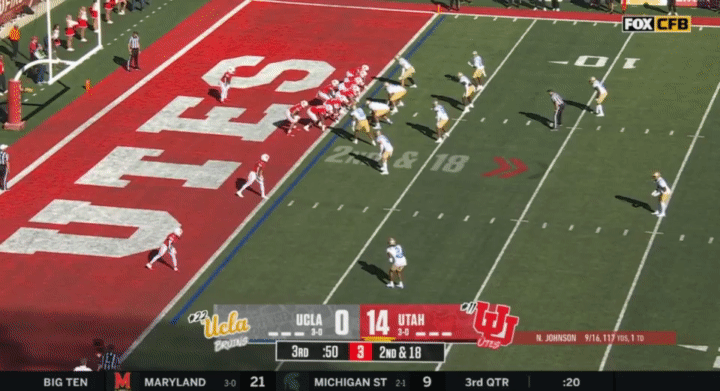
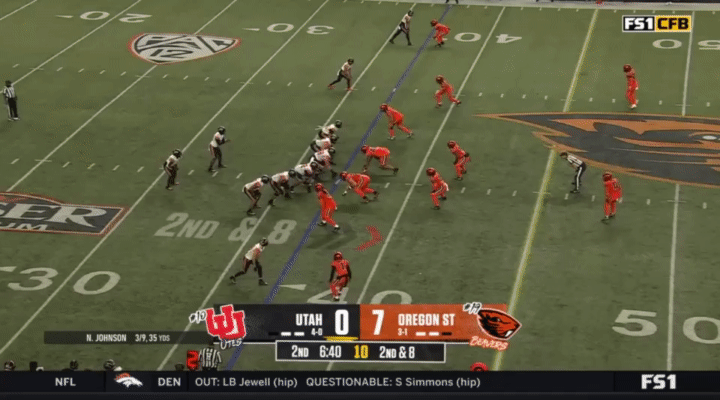
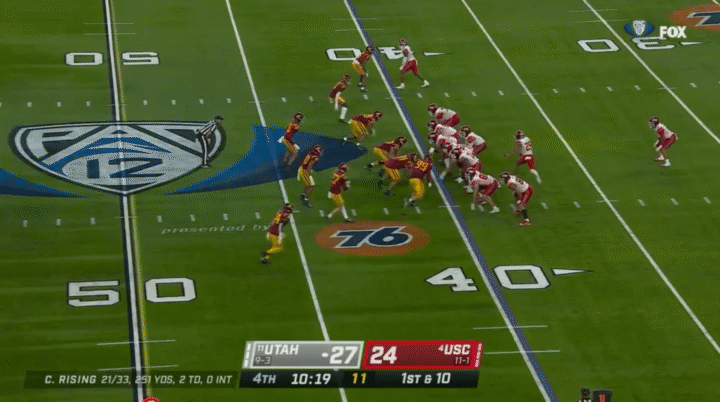
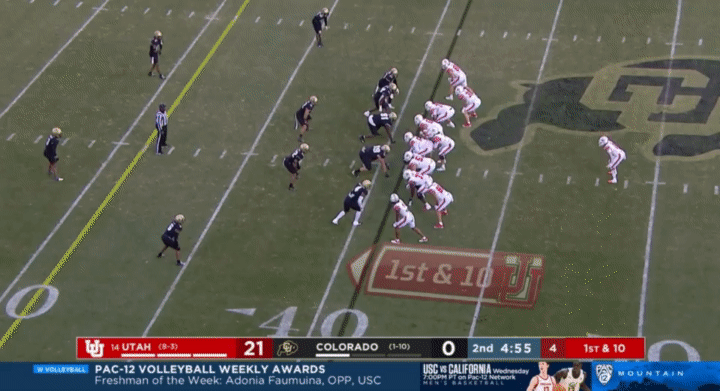
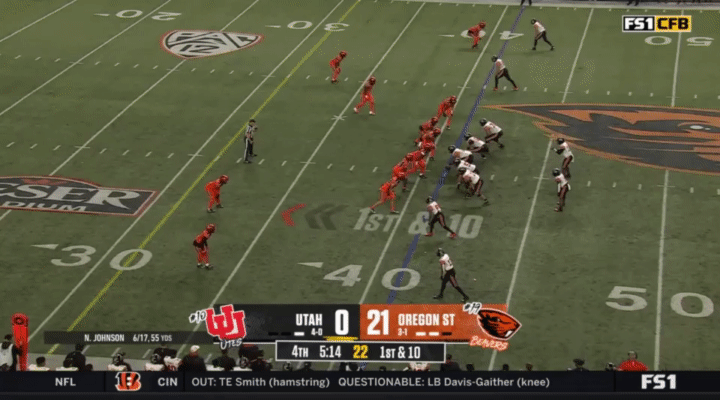
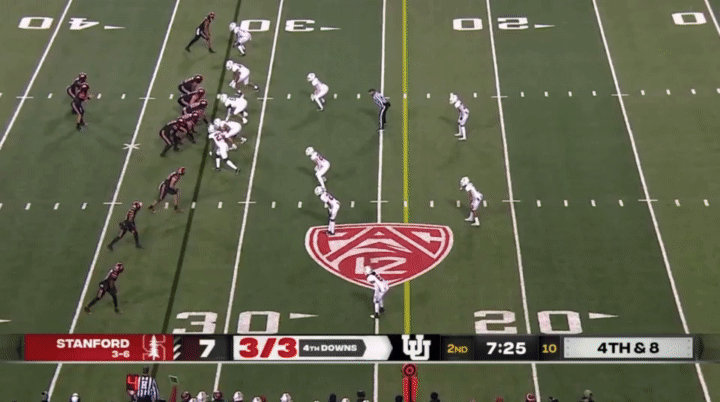
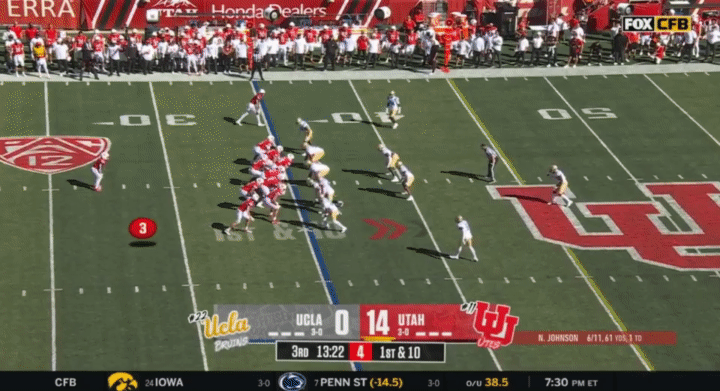
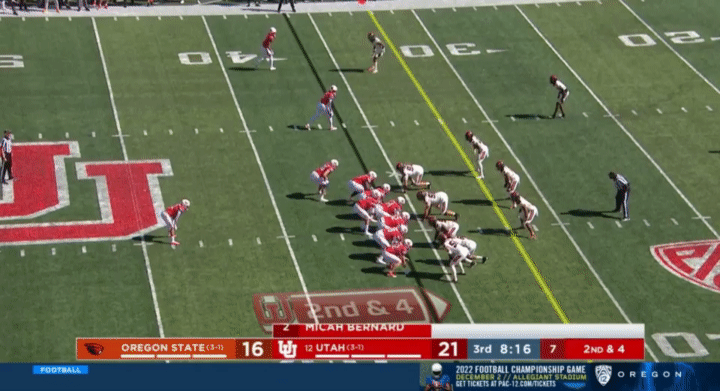
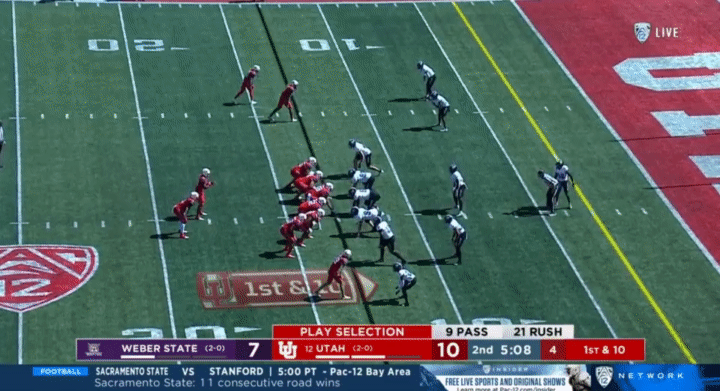
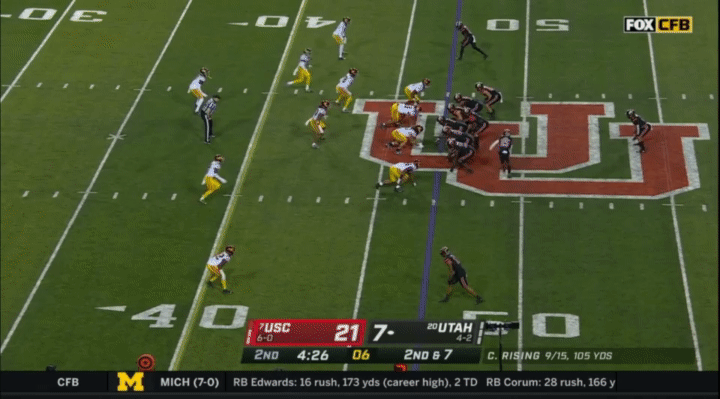
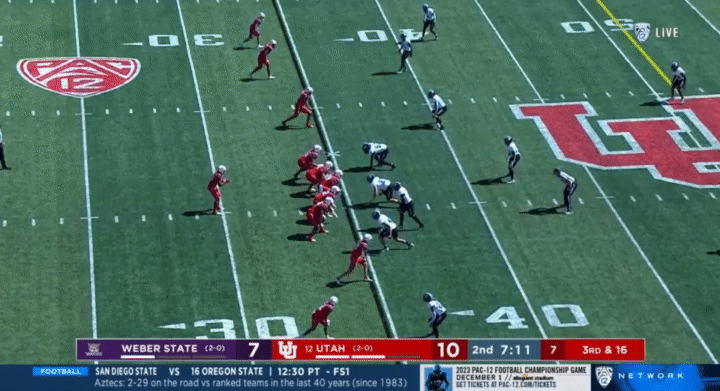

Excellent analysis and effort again. Thank you so much. Hard to not to feel each week that the Bears are playing the 49ers each time, as the videos show how impressive many D1 athletes are. Yet, they are just young men, and fallible.
Utah's brand is 'physical football'. What they lack in talent (which they don't lack much of these days) they make up with their physical play. They come out and smack the opponent in the mouth and dare them to fight back. Remember the Rose Bowl in 2022? They played Ohio State who had loads more talent than Utah. Utah punched them in the mouth and owned them for the first half. OSU finally figured out that the Utah DB's were no match for their big, speedy receivers and killed Utah in the second half with long throws, but Utah showed they could go toe to toe with any team in the country because they are just tough all around.
CAL is not a tough team. I don't mean to say we are soft but we don't have the killer instinct that every guy on the field has for Utah. When they tackle they hit, they don't arm wrap. When they block they hit, they don't run interference. Imagine if our whole team played with the intensity of Isaiah Infanse? Do you think if Carlton or any of our D-linemen played with Infanse's intensity that they would get to the QB more often? How about our DB's? If they tackle and punish receivers then the opposing receivers might think twice about catching balls.
I like Coach Wilcox, but if appears to me that his teams don't have the leave it all on the field mentality. We need to play tough nasty football. It's like RIchard Pryor once said, "Right then is when I took out my knife, because if someone was getting cut I wasn't going to be the only one." I'd rather lose pummeling our opponent, than lose because we just didn't leave it all on the field. And, until kids have the fire in their bellies to win their individual battles on every play, they will never have the fire in their bellies as a team to win. Winners play tough physical football and they suffer, but, winners understand what it takes to win. Kids from winning programs want to be on the field, even when they are dinged up. As a program we aren't there yet.
My suggestion, make practices really, really tough, way tougher than the games. The kids who can't handle it with show themselves. Often the talented players aren't the toughest. I could give a shit about talent if they won't play tough. When your practices are tougher than games, then the games get easy. And yes, we will lose some players to injury in some of our practices. But coddling them doesn't help their toughness. (Remember, I came from a time where we had two-a-days every day of Fall Camp - sometimes three-a-days. We went full contact every practice. During the season we went full contact on Tuesday and Wednesday and if Coach wasn't happy we went full contact on Thursday. You learned to play with minor injuries and dings. Hell, my thumbs wouldn't bend for the entire season because they were always jammed). I understand trying to keep kids healthy, but there is always a trade off.
i want our guys who take the field to come out with fucking swagger. I want them to know that they are gonna be in a fight to the finish with the guy across from them and that they know they they will will win because they are the nastiest toughest SOB on the field. I want our opponents to know that when CAL takes the field that the opponent knows its going to be a fucking gutter brawl, a battle of wills where the Bear Never Dies! When we have 11 of those guys on both sides of the ball then we'll start asserting our will, and we will start winning and we will keep winning.
All it takes is one guy out of 11 not to do his job and the whole 11 gets beat. One guy taking one play off and not giving 110% loses us the play. Time for that shit to end.
A lot of times coaches will play guys with better talent instead of guys who are tough and hard workers. In the end it costs you. If you play a guy who is tough but has inferior talent, then the guy with better talent has two choices: 1. get tougher and better if he wants to play, or 2., ride the pine and maybe transfer. If they opt for #2 then fuck em, we don't want them.
I say play the guys that give it their all, and if some of the talented guys won't go 110% every down, then let them ride the pine.
When I played at CAL Don James coached at UW (I was recruited there as well). He won a Natty at UW. He ran the quintessential program where he brought players in, they ran scout team for a year or two, lifted weights and then by year 4 or 5 they were very good players. He recruited guys that were tall and rangy (he said he could aways add muscle to them), guys that had speed, and guys that had nasty. If you were missing any of the three he wasn't gonna recruit you. We need the nasty part.
Our defense badly needs nasty. Hard work, assignment discipline, and nasty. Get er done.